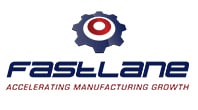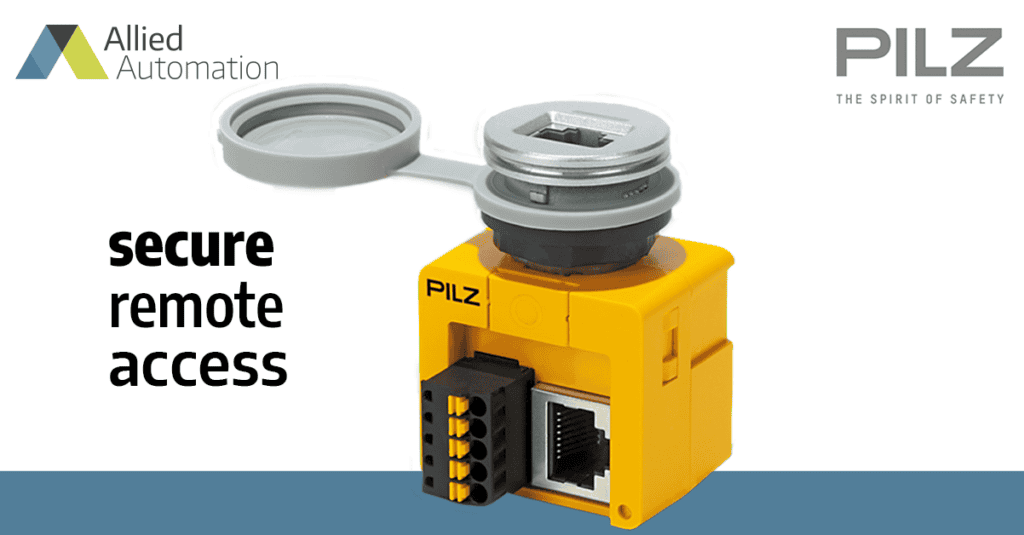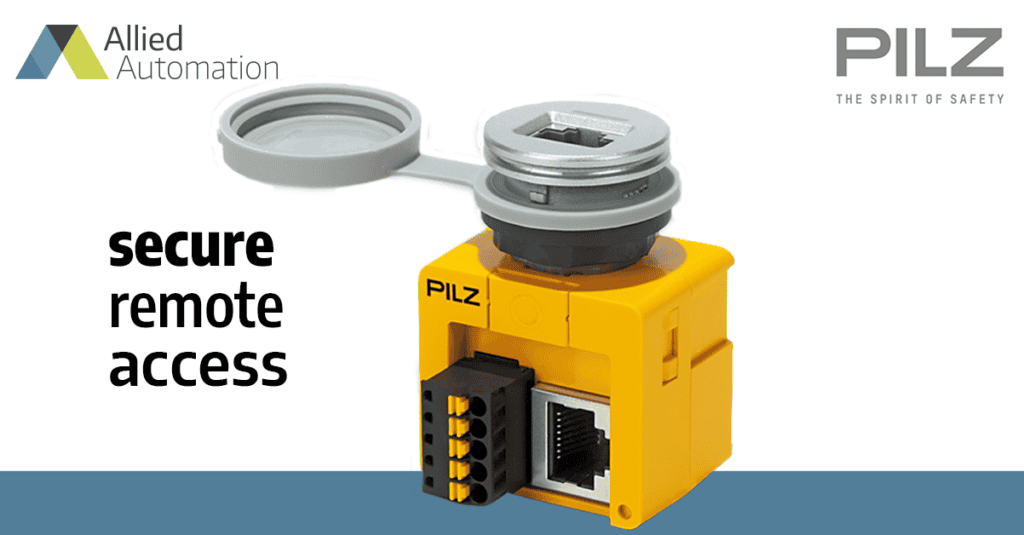Allied Automation
When an Allied Automation expert walks in your door, everything’s on the table. We’re engineers first so our goal is the same as yours – finding the best solution for you, not just selling you a specific brand or part. In Allied, you have a partner who gathers all the information available, learns your specific needs, then puts together all the pieces to find the parts or the system that’s just right for you.
Featured Blogs / News
Manufacturer Partners:






Associations:















